Thessaloniki gets ready for its metro launch in November
The underground rapid transit lines have been under construction for almost two decades due to various project delays
 TheMayor.EU logo
TheMayor.EU logo A conversation with Wuppertal Mayor Uwe Schneidewind on the local approach to tackling carbon emissions
Located in North Rhine-Westphalia (Germany), Wuppertal is a city that has inherited a lot of issues from the 20th century. As a former major industrial centre in the Ruhr valley, it came into the new millennium on the back of de-industrialisation and heavy car dependency.
Furthermore, it is a city with a middling population of around 360,000 people, making it somewhat lacking to the inherent pull of larger urban centres.
Uwe Schneidewind was elected mayor in November 2020. He has an extensive background in climate policy, as well as an ambitious goal for Wuppertal - carbon neutrality by 2035.
Between 2010 and 2020, he was President and Scientific Managing Director of the Wuppertal Institute for Climate, Environment, and Energy, as well as professor for Sustainable Transition Management at the University of Wuppertal.
 Mayor Schneidewind, Source: City of Wuppertal
Mayor Schneidewind, Source: City of Wuppertal
Wuppertal was founded in 1929 by the merger of several towns: Elberfeld, Barmen, Ronsdorf and Cronenberg. It is named after the Wupper River, a tributary of the Rhine. Since it is located in the densely populated Rhine-Ruhr region, it practically found itself in the heart of the industrial revolution. Mayor Schneidewind explained: “This was one of the first places for massive industrialisation in continental Europe, with strong links to Great Britain.”
It was a major centre for the textile industry in Germany and the hometown of one Friedrich Engels (technically, he is from Barmen, one of the cities forming Wuppertal), as well as the city where the Bayer pharmaceutical and life sciences company was founded.
One famous landmark from the city’s past industrial glory is the suspension railway, which started operating in 1901. The railway was originally thought up as a way to move coal from industrial sites, however, that idea never came to pass and it was remodelled as a way to move people.
Uwe Schneidewind explained that the change came from the necessity to have some sort of public transportation in the city, however, it did not have the space to build a rail track. “So they took the Eiffel Tower and put it over the river. This shows the entrepreneurial power and the energy for innovation in Wuppertal."
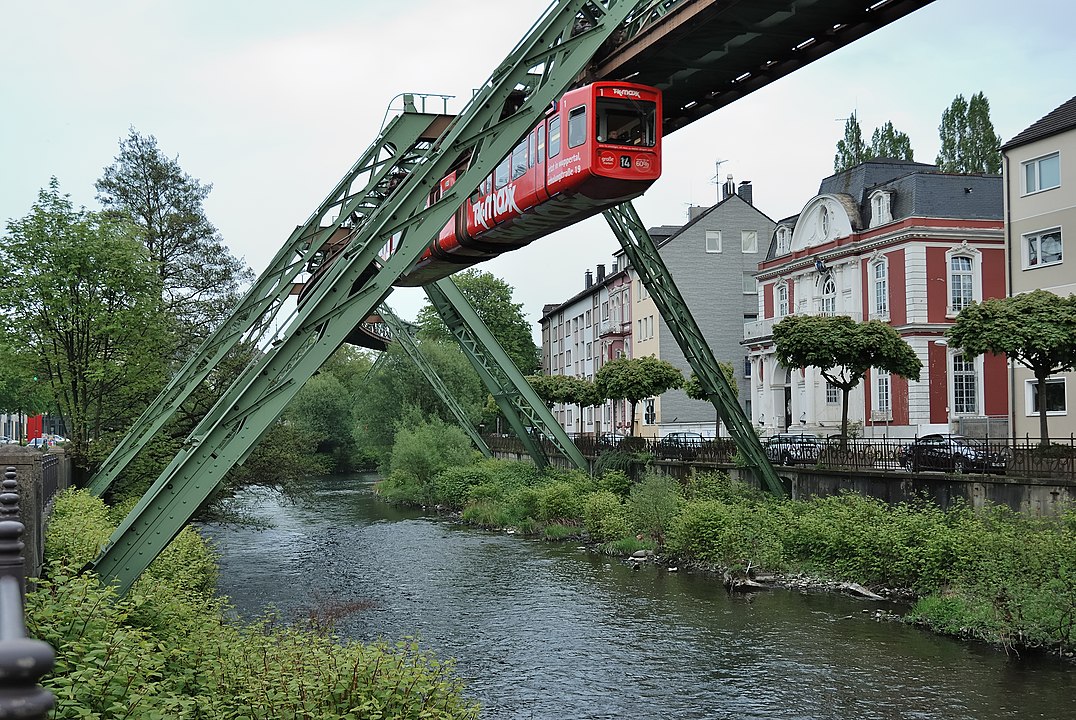 The suspended rail line,
The suspended rail line,
Source: Mbdortmund on Wikipedia, GFDL 1.2
He continued: “This particular history makes the city an interesting case study for how it will deal with the transformational processes in the 21 century. Having that past of innovation is quite helpful when facing new challenges. Nevertheless, it is also quite challenging because we have a lot of financial problems now, and it is an automotive city. It is not the easiest place to undertake sustainability transformation.”
De-industrialisation as a process started back in the 1970s and to some extent, it is still going on. With the closure of a lot of production facilities, cities that relied on high paying jobs were left with a noticeable gap in terms of job opportunities and skilled labour adaptable to the new post-industrial labour market.
De-industrialisation happened and is still happening across Europe and North America and many cities have failed to recover from the hits they took when they lost their big streams of revenue.
Mayor Schneidewind explained that Wuppertal has the same problems as industrialised cities in the Ruhr Valley or the north of France or industrialised regions in Britain. “At the beginning of the ‘70s, the city went through the breakdown of the textile industry and then all these other industries. Then Wuppertal had 430,000 inhabitants, and now there are around 360,000. We lost 20% of the population and a lot of industrial power. This caused a lot of financial trouble at the beginning of the ‘90s.
He also pointed out that ex-industrial cities also had a head start in terms of trying to find a new path towards development, beyond the classical understanding of what that means, i.e. a strong manufacturing sector. So, despite the lost factories, Wuppertal now has something very valuable in the 21st century – spaces and room to grow.
In his words: “Ex-industrial cities have become interesting places for people who want to experiment. Wuppertal is quite close to both Cologne and Dusseldorf, two fast-growing cities that lack the space, and this is an opportunity.”
After de-industrialisation hit the Ruhr valley, one of the most industrialised regions in the world, local authorities were left with huge swaths of land, formerly occupied by coal mines, steel mills and rail connections. They made a radical decision to turn these behemoths of pollution into a massive park.
The Emscher Landscape Park, the centrepiece of the transformation, encompasses an area of 800 square kilometres of former industrial facilities, retaken by nature and clever landscaping.
Wuppertal has a similar story of ex-industrial sites becoming parks near the city, making it one of the greenest cities in Germany. According to Mayor Schneidewind, this has been important now during the coronavirus times and it will continue to be in the future, as spaces for recreation are scarce in urbanised regions.
Some of the key projects that have come from this new development include Circular Valley, a circular economy start-up incubator. Circular Valley is headquartered in a former gas tank and it hosts training and mentoring programmes for early-stage companies aiming to ‘design-out’ waste.
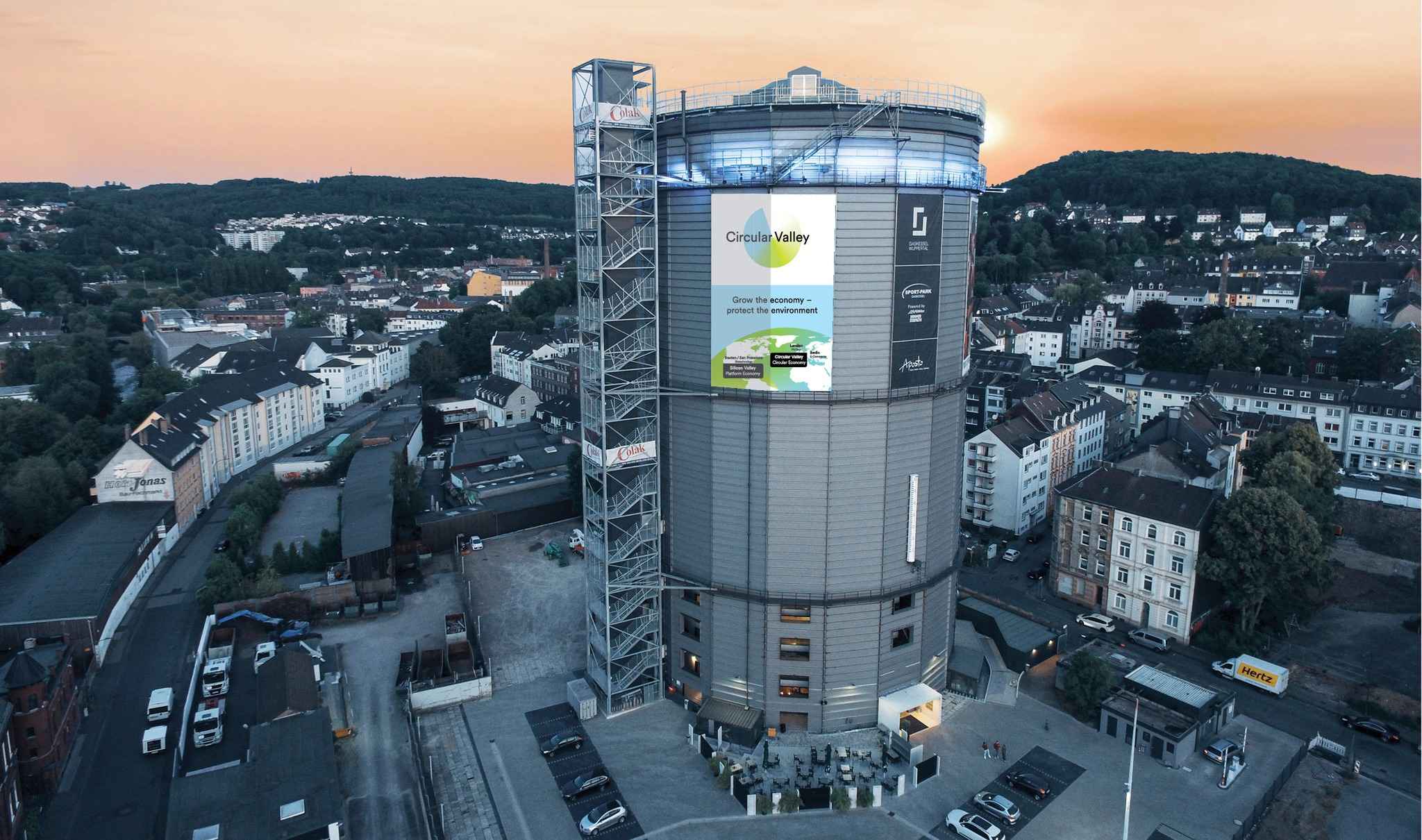 The Circular Valley gas tower, Source: Circular Valley on Facebook
The Circular Valley gas tower, Source: Circular Valley on Facebook
Another poster project for Wuppertal is ‘Nordbahnstrasse’ (North Rail Street) a 22-kilometre-long footpath, cycle path and inline skater path on a former railway line. It is the longest inner-city former railway line in the world and it includes tunnels, viaducts and former industrial landmarks.
Apart from providing much-needed cycling infrastructure, it also makes these sustainable mobility options viable in the city, as it roughly passes through its whole length. On top of that, Wuppertal is quite hilly, a challenge for most casual cyclists, so the level former rail line offers a good option to avoid that.
The mayor of Wuppertal explained that, because of financial challenges, the city needs to think about cost-effective solutions. One such area is replacing car-oriented infrastructure with a bike-oriented infrastructure because bikes are cheaper to maintain. Parking spots and charging stations for electric vehicles, on the other hand, are quite expensive to maintain.
According to Mayor Schneidewind, however, the city still has a long way to go in terms of sustainable mobility. He explained that according to municipal data, it is still a car-centric city where around 50% of residents have not tried any other modes of transport, apart from the car.
On top of that, the mayor says that despite the city’s pledge to reach carbon neutrality by the year 2035, sustainability goals will be near impossible. He said that, according to research done in the Wuppertal Institute for Climate, Environment and Energy during his time as Managing Director, the city will need a lot more money.
The research estimates 500 million euros of investment will have to be poured into sustainable development every year to reach 2035 goals. Currently, however, they have a budget of around 1 to 3 million euros.
Mayor Schneidewind explained that to do the things they need to do to reduce emissions, the local administration needs more help from the federal government as well as private actors. This is why, according to him, the fact that Wuppertal won the contest to host the German Federal Horticultural Show (BUGA) 2031 is a big deal.
“Because I can say to investors, look, come to Wuppertal to develop your projects, because, in 10 years, there will be 3 million people in the city, here to see those projects. If you invest here, many people will see what you have co-produced with our city. We need a framework to create an interesting model that attracts private and public investors.”
*Some quotes have been edited for clarity’s sake.

The underground rapid transit lines have been under construction for almost two decades due to various project delays

Now you can get your wine in Talence by paying directly in Bitcoin

That’s because the state has to spend money on updating the railway infrastructure rather than subsidizing the cost of the popular pass

Rethinking renewable energy sources for the urban landscape

The examples, compiled by Beyond Fossil Fuels, can inform and inspire communities and entrepreneurs that still feel trepidation at the prospect of energy transition

Now you can get your wine in Talence by paying directly in Bitcoin
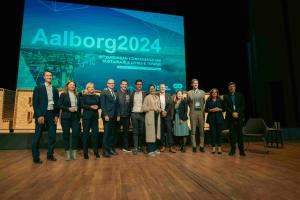
The 10th European Conference on Sustainable Cities and Towns (ESCT) sets the stage for stronger cooperation between the EU, national and local level to fast track Europe's transition to climate neutrality.
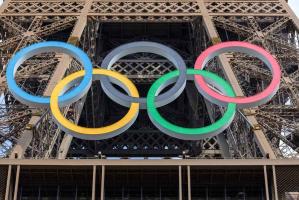
At least, that’s the promise made by the mayor of Paris, Anne Hidalgo

The underground rapid transit lines have been under construction for almost two decades due to various project delays

At least, that’s the promise made by the mayor of Paris, Anne Hidalgo
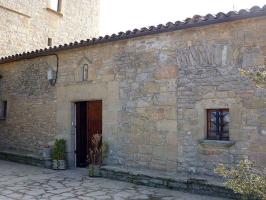
Hostal de Pinós is located in the geographical centre of the autonomous region

Despite its church-y name, the district has long been known as the hangout spot for the artsy crowds
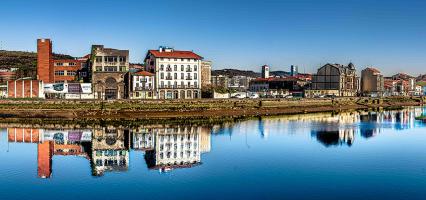
Urban dwellers across the EU are having a say in making their surroundings friendlier to people and the environment.

Forests in the EU can help green the European construction industry and bolster a continent-wide push for architectural improvements.

Apply by 10 November and do your part for the transformation of European public spaces

An interview with the Mayor of a Polish city that seeks to reinvent itself

An interview with the newly elected ICLEI President and Mayor of Malmö

A conversation with the Mayor of Lisbon about the spirit and dimensions of innovation present in the Portuguese capital














